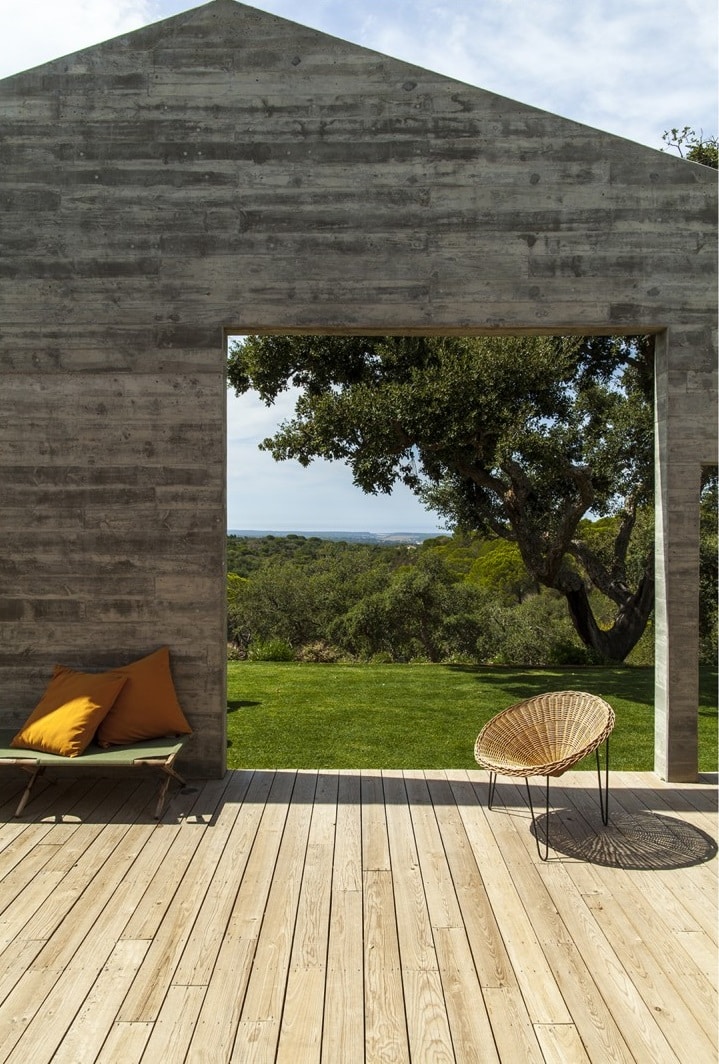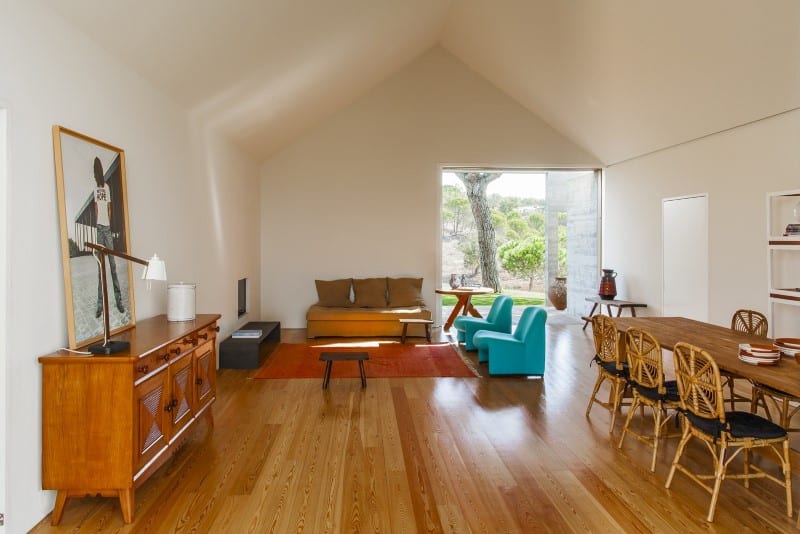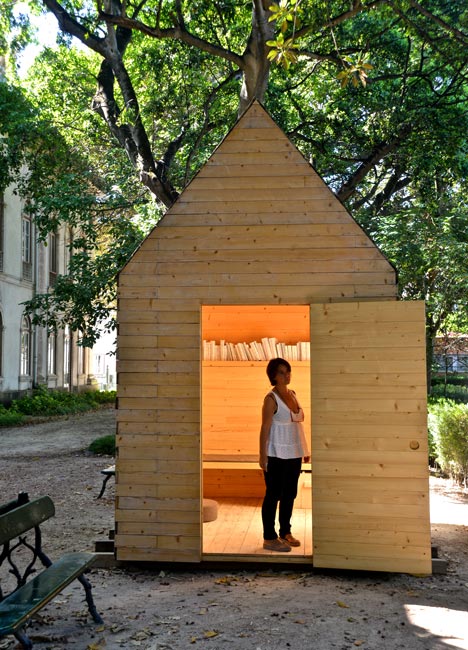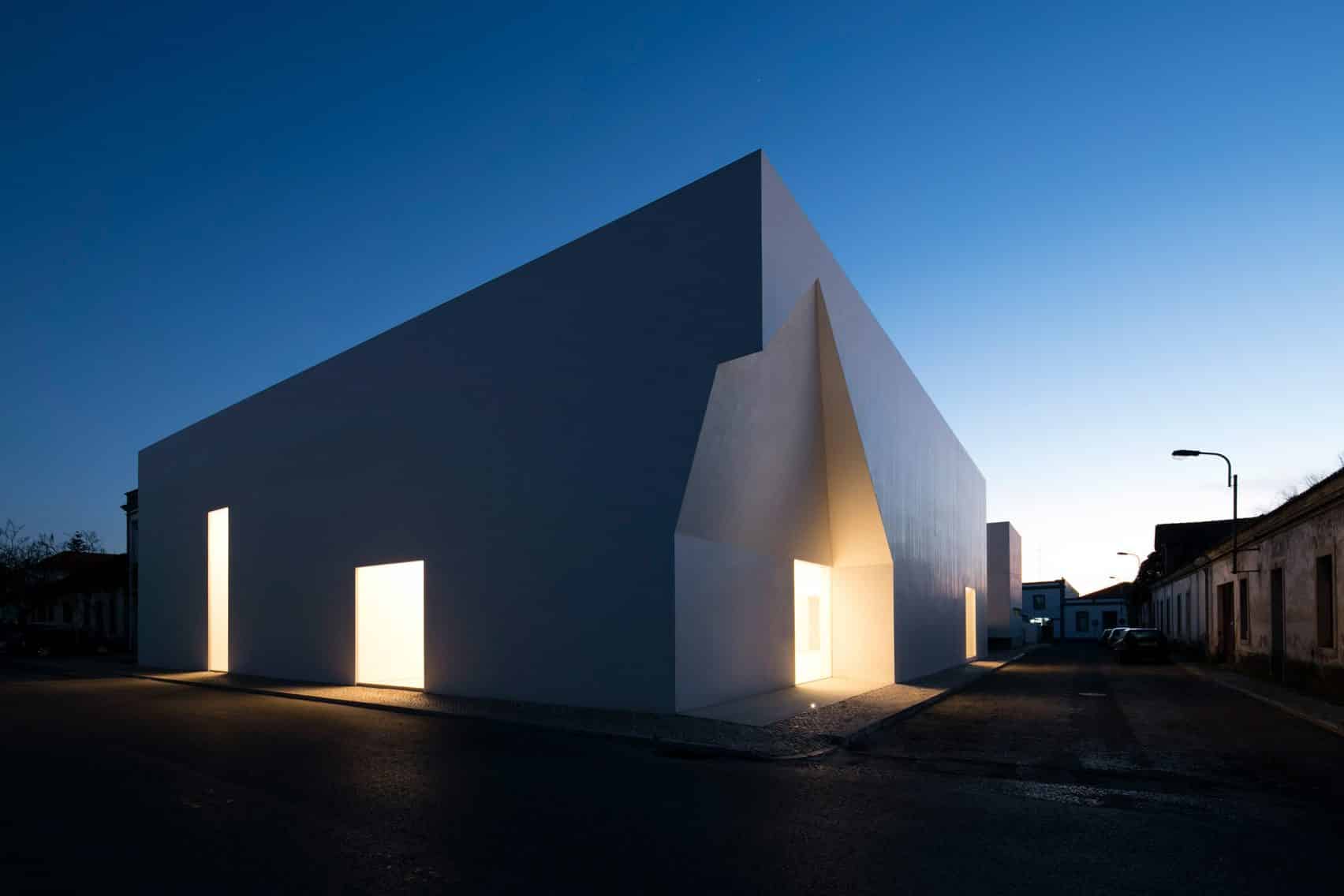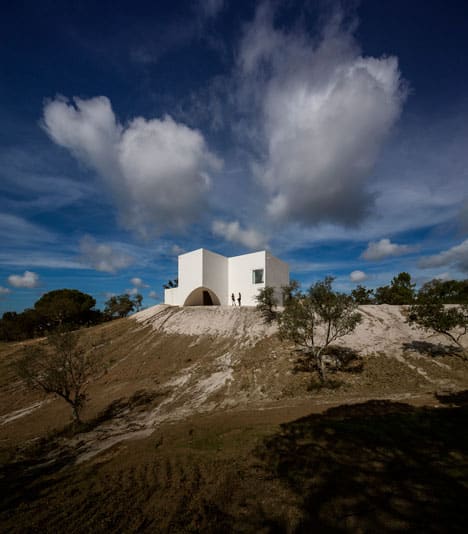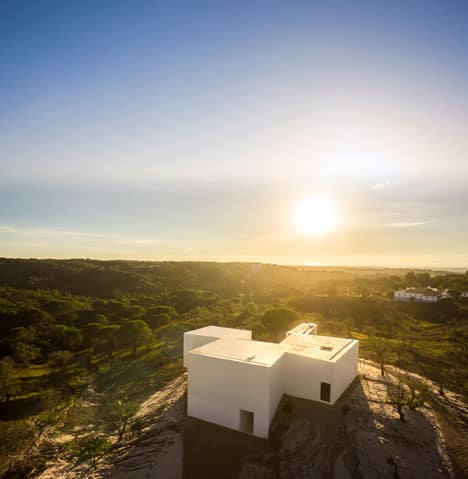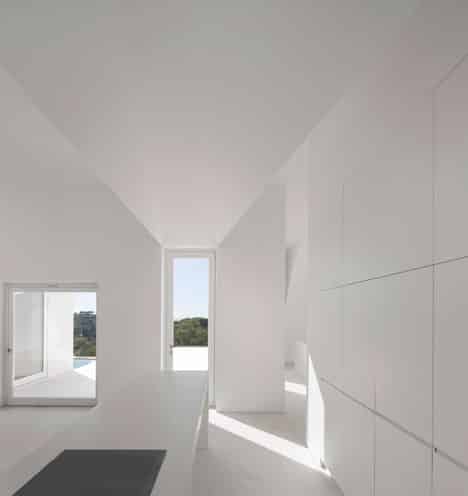Traditional Portuguese Style Meets Modern Design with Manuel Mateus
Portugal is hot right now. From the trendy beaches of Alentejo, to the city hotspots of Lisbon, travel magazines are in love with the style of the Iberian nation. No one better epitomizes contemporary Portuguese design than Manuel Aires Mateus, who is an award-winning architect. The traditional Portuguese style is an amalgamation of the many empires which conquered Portugal, such as the Romans, Suebians, Germanic peoples, and Arabs. This led to broad architectural styles like Romanesque, Gothic, Renaissance, Baroque and Neoclassicism. Mateus has applied a modernist sheen to thes styles, creating an open and airy style that fits in perfectly with effortless Portuguese design.
Manuel Mateus was born in Lisbon in 1963. He graduated from FA/UTL in 1986 and collaborated with architect Goncalo Byrne since 1983. Since 1988, he has been in a firm with fellow designer (and little brother) Francisco Aires Mateus. The brothers formed an architecture firm, Aire Mateus, that has been quite influential.
Manuel Mateus has taught at the Graduate School of Design, Harvard University, from 2002 and 2005. For this recent home on the Antelejo coast, a beach area, Mateus built several structures from benched concrete. Each has sea views and access to an orchard of olive, lemon, oak and orange trees.
Shapes are a common theme for Mateus, who uses it as a visual framing device to share Portugal’s stunning landscape.
The shapes are even used in smaller scale, as with this reading cabin that oozes simplicity: it contains one shelf, a ledge, and a raised seating area. Like all Mateus projects, it lets the outside in, especially the light.
With this community center, Mateus was creating a meeting center for the Alentejo region. The center is located in the town of Grândola. Here again, the design employs cutouts in white glaze, with the unornamented facades of the building, which creatings windows and entrances that frame historic views.
Mateus ups the ante with this hilltop house in Portugal, on a site outside the rural town of Melides.
The house is located at the top of a hill, and features two stories looking out across the entire estate. However, the purpose of the house was to also offer seclusion and solitude, as you would find n a courtyard-style residence.
“The house is designed in the balance between a courtyard house, with a protected core relating to the sky, and an opening to the distant ocean view,” said the architects. Shapes were uppermost on their mind, as the building has a footprint in the shape of a cross. The rooms are fashioned around the first three-quarters of the floorplan. A rectangular terrace juts out from the center A swimming pool is tucked along one side.
A sliced-off corner of the building provides a natural sculpture. The other corners are tapered, so that the building looks larger than it really is. The interior is set off with white an with cutouts and shapes that allow the Portuguese light in, as in all of Mateo’s greatest work.
